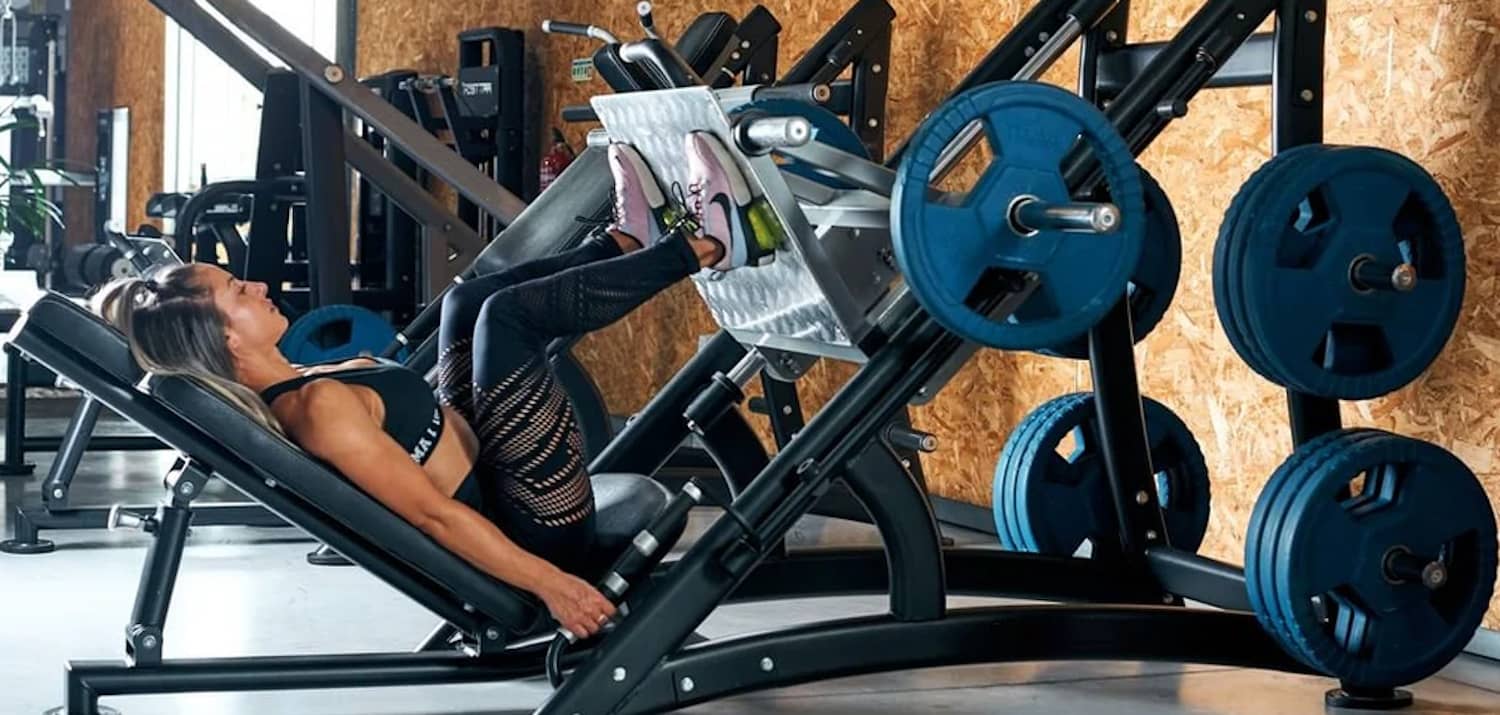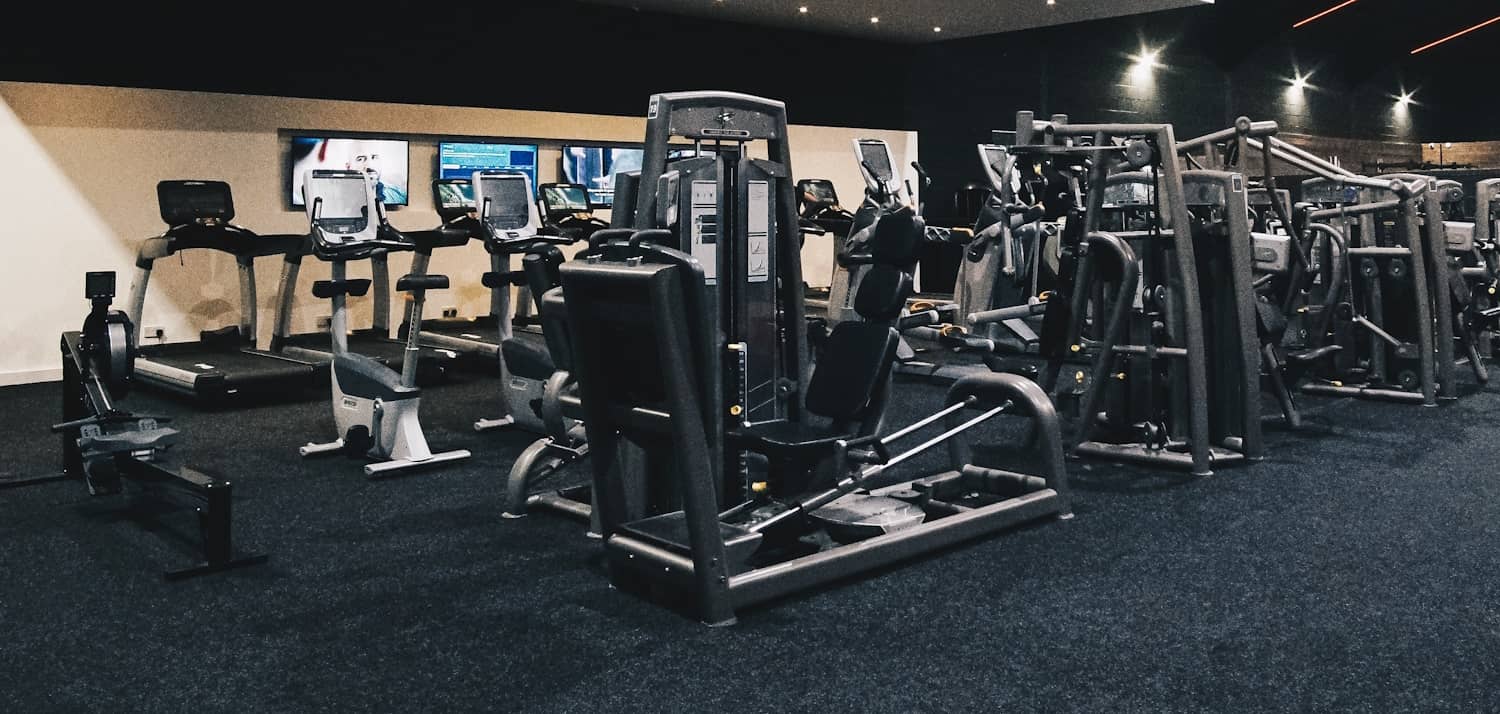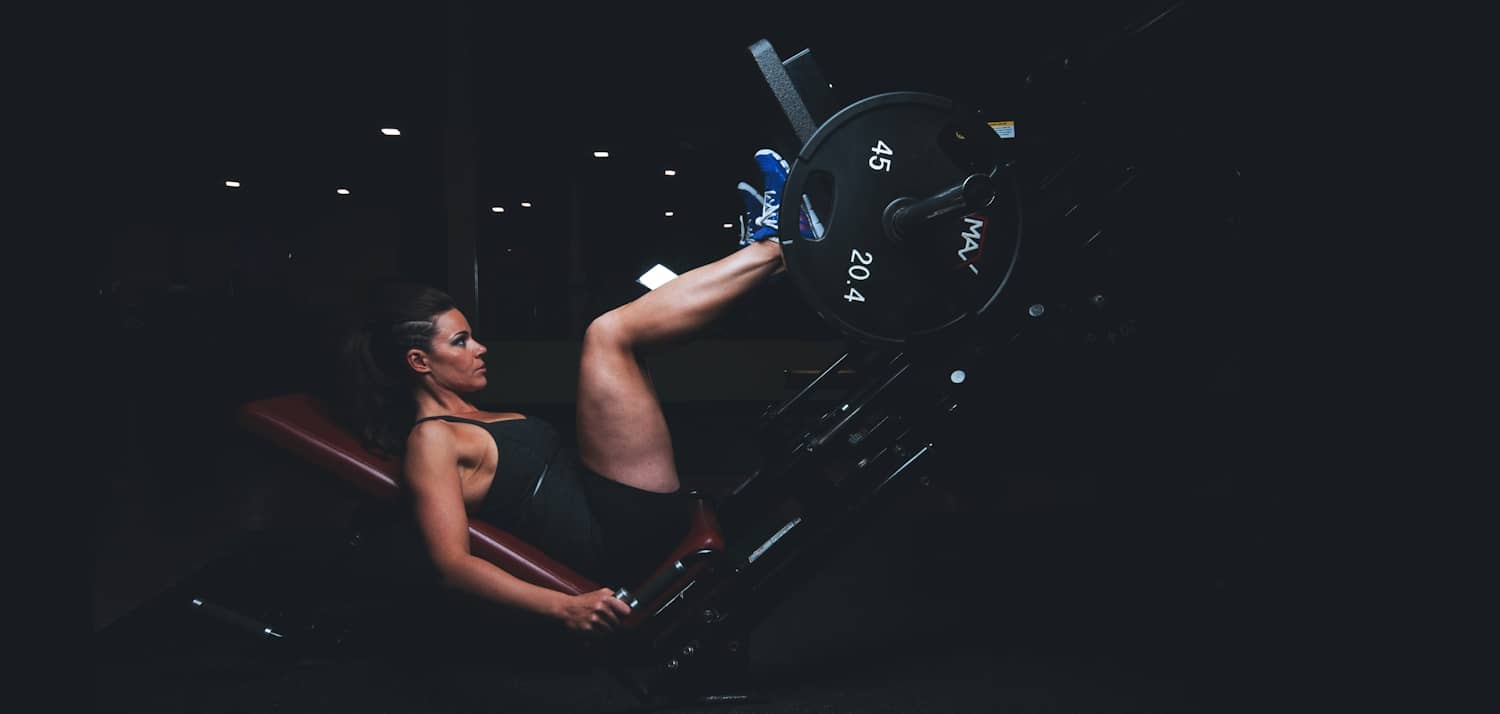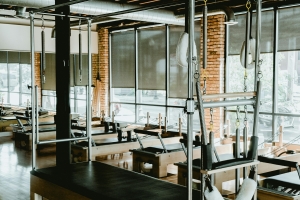Which Leg Press Machine Is Best For You?

Always popular in the gym, leg press machines come in different shapes and sizes. Designed to target the lower body muscles to help you build strength and stamina, they will also help to reduce lower back and spinal stress and pain.
There are three key types of leg press: horizontal leg press, 45-degree leg press and vertical leg press. There are four others if you're interested, but they are rarer to find in commercial gyms and so for now we're excluding. These three key machines all help you work your lower body, but there are some differences in the machines as well as what muscles and movement they target - so if you want to know how to use them, read on. Ultimately, they all target your leg muscles, including your quadriceps, hamstrings and glutes. Plus, with horizontal, you can easily work those calf muscles too.
With all three machines, there are also two key versions: a selectorised machine (where you use a pin to choose the weight you want) or a plate-loaded machine (where you add weight using Olympic plates). Where you see 'iso lateral' leg press - this will mean it is a plate-loaded machine and almost definitely allows you to also work one leg independently of the other.
Which Muscles Are Worked?
Whichever machine and whichever stance you choose, the leg press machine works a range of muscles that include :
- Quadriceps
- Hamstrings
- Glutes
- Hip adductors
- Hip abductors
- Calf muscles
Types Of Leg Press Machine
As said above, there are a host of variations, but the following are the three most likely types of leg press machine you'll find in the gym:

Horizontal Leg Press
Probably the most common, the Horizontal leg press machine offers a full seat, with a foot plate in front of it and usually a weight stack perpendicular to the chair’s movement. You push against the foot plate in order to move the chair backwards and therefore overcome the resistance (weights).
+ Spirit 43 Pin Select Leg Press
Pros
Easy for beginners to use
Reclined position ensures lower back support
Space-efficient design - usually more compact than other leg presses
Cons
Weight is not applied directly (it acts on the seat), so it reduces effectiveness
Limited range of movement for the user
It can be a little intimidating for complete novices
Vertical Leg Press
The machine you see users having to climb into and lie on their backs. Once 'in', users then push directly up against the platform to lift the weight vertically. The user is directly pushing against the resistance/weight, which engages the quadriceps, hamstrings and glutes for starters.
+ Exigo Vertical Leg Press Machine
Pros
Max resistance directed to the legs, potentially maximising the effectiveness of the exercise
Compact footprint, so ideal for home gyms or small gyms
This position engages stabiliser muscles and core strength
Cons
Not beginner-friendly
Often have limited back support
Vertical position places more stress on the lower back and spine

45-Degree Leg Press
The angled or incline leg press, also known as the 45-degree leg press, features a seat that is set at a 45-degree angle. It typically has a seat and a platform where you place your feet. By pushing against the platform, you activate your leg muscles, including your quadriceps, hamstrings, and glutes.
Pros
Great range of motion
A 45-degree angle engages more muscles in the lower body
Cons
You need more space than other models
The design of the 45-degree means they are more expensive - especially with heavy stacks.
Which Leg Press Suits You Best?
The first limitation is what leg press your gym actually has! A good gym may have more than one for you - usually the horizontal and then either 45-degree or vertical.
What's best for you will depend on your fitness goal, existing injuries, personal preference or other limitations. Think also about :
Muscle Activation
Vertical leg press primarily targets your quadriceps (front of your thighs) and engages your hamstrings and glutes.
Horizontal and 45-degree leg press both target your quadriceps, hamstrings and glutes.
The 45-degree leg press places more emphasis on the glutes.
Injury or Injury Prevention
Vertical and 45-degree leg press machines are more "knee-friendly" than the horizontal ones as they allow a more natural range of motion.
If you have lower back pain, the vertical leg press is definitely best avoided.
Horizontal and 45-degree leg press should be okay for lower back issues - if they offer a contoured back rest and you also go light on the weight.
In general, a leg press can put stress on your knees, made worse with heavier weights. It's always advisable to consult with a healthcare professional before using.
Vary Your Leg Workouts
By changing your stance, you can change the focus of the workout and target slightly different muscles - even from the same machine. This workout variation will help you push your muscles harder than sticking with a single-leg exercise.
- Standard Stance - Beginners. Glutes, Hamstrings and Quads
- Wide Stance - Emphasises inner quads and hip adductors
- Narrow Stance - Emphasises outer quads and hip abductors
- High Stance - Emphasises hamstrings and Glutes
- Low Stance - Emphasises quads with increased range of motion for knees
- Calf Work - Calf muscle workout!
- Single Leg Stance - Addressing muscle imbalance - leg press each leg separately
In Summary
As always, choosing the right leg press machine comes down to a range of factors, including your personal preference, your goals and whether you have any injuries or joint mobility limitations. We always recommend that if you have not used it before, you seek help from the gym trainers to be shown how to use the machine properly, the right form and the way to access or dismount the machine properly to prevent injury.
The leg press offers a great way to train the lower body and should be included in your gym regimen if you want to build strength and tone the leg muscles.






